The first decade of the 20th century was an exciting time. Electricity had paved the way for the vacuum cleaner and washing machine, making it easier to perform household chores. And electricity didn’t just simplify things at home, it also made it easier for dentists to do their jobs. For the first time, dentists could use power drills to treat cavities, paving the way for future technological advances over the next century. The field of dentistry grew rapidly over the next 100 years.
1900-1920
Two other innovations occurred during the early 1900s that affected the way dentists could treat patients. In 1903, Charles Land developed the porcelain jacket crown, which covered and protected the entire surface of a tooth. Then, in 1905, German chemist Alfred Einhorn was able to formulate a new local anesthetic called procraine, which took away the discomfort patients had to endure previously. Heinrich Braun brought the material to the U.S. in 1907, marketing it under the trade name most people are familiar with today – Novocaine.
With all of the changes taking place, a reference guide of techniques and procedures was needed. In 1908, Greene Vardiman Black, a leading reformer of American dentistry, published “Operative Dentistry.” The monumental two-volume tome would become the essential clinical text for the next 50 years. Black later developed techniques for filling cavities, standardized dental operative procedures, and developed an improved amalgam.
The concept of dental hygiene was first introduced by Alfred C. Fones in 1913. He opened the first school in the world for dental hygienists in the city of Bridgeport, Connecticut, and became known as the “Father of Dental Hygiene.” There were 27 female students in the first graduating class, most of whom were later employed by the Bridgeport Board of Education to clean the teeth of the district’s school children.
1920-1940
It was during the 1920s that the Ritter Dental Company introduced the Model A Dental X-Ray, finally giving dentists an efficient diagnostic instrument. The machine needed two groups of transformers to adapt it to the various voltages and frequencies used during that time. Safety precautions also needed to be taken when the x-ray machine was in use. The clinician and patient both needed to stay at least one foot away from the high-voltage wire, which ran outside the arm from the transformer cabinet to the x-ray head.
The Ritter Company improved their x-ray machine in the 1930s, with the development of the Ritter Model B Shock Proof X-Ray. It eliminated earlier guesswork with an exact radiographic technique. It had a flexible x-ray head that was easy for dentists to adjust. Radiographs up to 14×17 inches were now possible.
Dental education evolved into a professional discipline during this period. In 1923, the American Association of Dental Schools was established. The following year, the American Dental Assistants Association was founded. Dental schools became university-based after the Carnegie Foundation issued the Gies Report, a comprehensive report that covered the state of dental education, in 1926. In 1928, the National Board of Examiners was established.
Research on fluoride was a major advancement in the 1930s. During that time, Frederick S. McKay, a Colorado dentist, determined that the brown stains on his patients’ teeth were related to the water supply. He conducted research from 1930-1943, verifying that drinking water with high levels of natural fluoride was associated with low dental caries yet high mottled enamel. By the beginning of the 1940s, H. Trendley Dean was able to establish the ideal fluoride level needed in drinking water to reduce decay without mottling. Grand Rapids, Michigan, was the first city in the world to fluoridate drinking water in 1945.
Dr. Alvin Strock inserted the first Vitallium dental screw implant in 1937, using the biocompatible implant metal developed by orthopedic surgeon Charles Venable a year prior. The nylon toothbrush, made of synthetic bristles, became available for purchase in 1938.
1940-1955
Swiss chemist Oskar Hagger developed the first system of bonding acrylic resin to dentin in 1949. The first fluoride toothpastes became available for purchase in the 1950s. In 1955, Michael Buonocore invented the first white (composite) fillings. He also described the acid etch technique for bonding resin to tooth enamel so that dentists could repair cracked enamel on front teeth.
Although big changes took place during the first half of the 20th century, even more advances were to come. Next time, we will look at the history of dentistry from 1950 to the present.
Visit Our Office
Office Hours
- MON8:00 am - 6:00 pm
- TUE8:00 am - 6:00 pm
- WED8:00 am - 6:00 pm
- THU8:00 am - 6:00 pm
- FRIClosed
- SATClosed
- SUNClosed
10370 Richmond Ave. Ste 310,
Houston, TX
Phone : (832) 251-1234Text Us : (832) 251-1234






